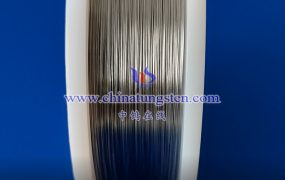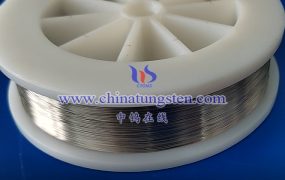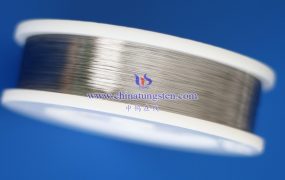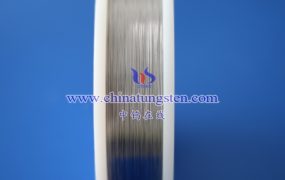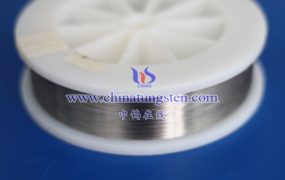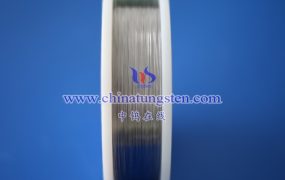Tungsten is an excellent material for making needles due to its unique physical and chemical properties. Here are some of the reasons why:
High melting point: Tungsten has an extremely high melting point of 3,422 °C (6,192 °F), which means that tungsten needles can be used in high-temperature applications where other materials would melt or deform.
High strength and hardness: Tungsten is one of the hardest and strongest materials known, which makes it ideal for making sharp, durable needles that can withstand repeated use without bending or breaking.
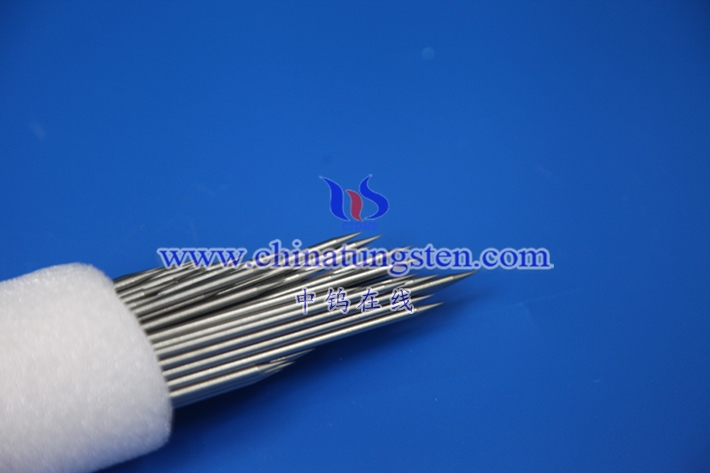
High density: Tungsten has a very high density, which means that tungsten needles have a small diameter but a relatively high mass, making them ideal for precise and accurate measurements.
Good thermal conductivity: Tungsten has good thermal conductivity, which allows it to rapidly conduct heat away from the needle tip, making it ideal for high-temperature applications.
Low coefficient of thermal expansion: Tungsten has a very low coefficient of thermal expansion, which means that tungsten needles are less likely to deform or change shape when exposed to temperature changes.
Chemically inert: Tungsten is highly resistant to chemical attack, which means that tungsten needles can be used in harsh chemical environments without corroding or reacting with the surrounding materials.
Overall, tungsten’s unique combination of high melting point, strength, hardness, density, thermal conductivity, low coefficient of thermal expansion, and chemical inertness make it an excellent material for making sharp, durable needles that can be used in a wide range of applications.
